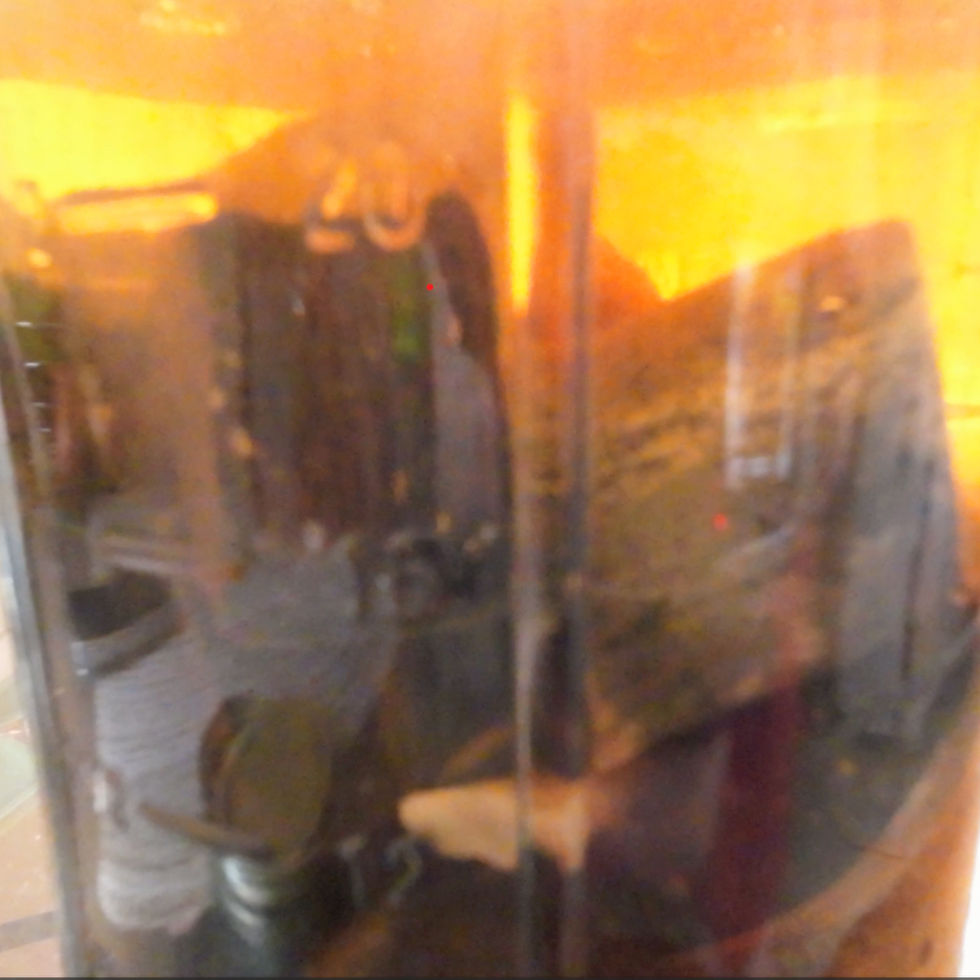Bonus Gardening Tips & Resources
- Sherri Miller

- Jul 17, 2022
- 3 min read

TIPS, HACKS & RESOURCES FOR BEGINNING (& EXPERIENCED) GARDENERS
BONUS TIPS & RESOURCES
1. Master Gardener Helpline & Land-grand Universities (for USA, Canada, Cayman Islands)
2. USDA plant hardiness zones & Almanacs
3. Ruth Stout Method, Straw Bale Gardening
4. Square Foot Gardening
5. Kratky Hydroponics
6. IPM resources
7. Seed resources
1. Master Gardener Helpline & Land-grand Universities (for USA, Canada, Cayman Islands)
For resources, including individualized help, there is a system set up to specifically help home gardeners. Every land-grant university is required to maintain a Master Gardeners program. This program should include a helpline, by phone or online, to ask specific questions and get access to resources. The services for help are free, but they may charge for items such as the lab fees for soil tests or bait for fruit fly traps.
2. USDA plant hardiness zones & Almanacs
Gardeners often talk about their growing zone. What they mean is the plant hardiness zone developed by the United States Department of Agriculture, USDA. It is based on historical data on first frost dates and last frost dates, offering a window of crop production for that zone. Plants do not grow when frozen.
Planting information is also available in the long standing The Old Farmer’s Almanac, as well as many other regional Almanacs.
3. Straw Bale Gardening & the Ruth Stout Method
Straw Bales are an easy way to start gardening without needed gardening beds or even soil. Kitchen scrapes can be tucked in to compost directly in the straw. Straw Bale methods developed by Ruth Stout are even more popular today. There are countless resources available online on straw bale gardening and Ruth Stouts methods.
4. Square Foot Gardening
Square Foot Gardening was developed by Mel Bartholomew to better utilize garden space for the home gardener. While rows of crops make planting and harvesting easier in commercial operations with large machinery, it is not always the best way to plant a home garden. This method offer great ideas for home gardens.
www.squarefoodgardening.org
5. Kratky Hydroponics & CTAHR
Kratky plants need little to no maintenance. The University of Hawaii CTAHR is a great resource for Kratky and many other gardening topics.
CTAHR is a college under the University of Hawaii system that is dedicated to improving crop production. It is under the Land-grant University system.
They help both home growers and commercial operators. They have an extensive library of resources online. Most of these resources are free. They have also developed a line of seeds that is available for purchase by the public. http://www.ctahr.hawaii.edu
*Kratky Method, passive hydroponics, developed by Bernard Kratky, a researcher at the University of Hawaii, first proposed in Acta Horticulturae in 2009.
6. IPM: Integrated Pest Management
Pests and disease are best managed holistically, taking into account the ecosystem of the farm or garden. Practices include using disease and pest resistant varieties, using natural predators to control pests, rotating crops, using companion planting and trap crops, and using biological controls. Chemicals and pesticides are used as a last resort.
www.ec.europe.eu/food/plants/pesticides/sustainable-use-pesticides/integrated-pest-management-ipm_en
7. Seed Resources
The following are seed companies that provide quality seeds and customer service. These companies have many unusual varieties and offer a lot of educational material in their seed catalogs. While there are other good seed companies, these are my favorites. I love them for their interesting collections and unusual selections, as well as the planting information they provide.
University of Hawaii CTAHR
Baker Seeds
Territorial Seeds
Strictly Medicinal Seeds
Botanical Interests
Renee’s Garden
Reimer Seeds




Comments